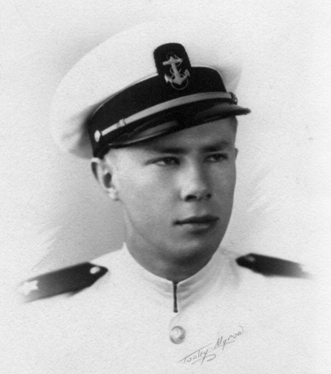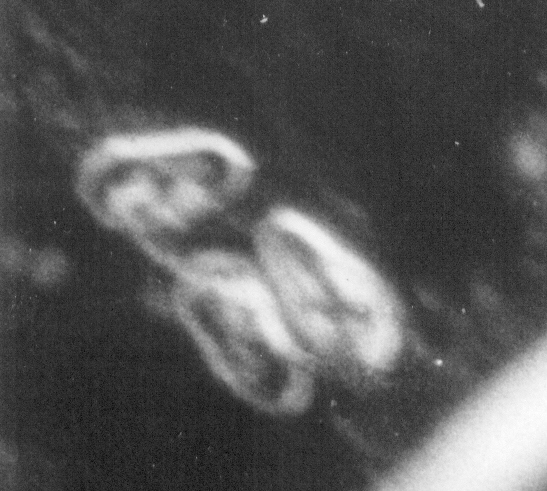A Short Flight
Posted by Mike | Filed under Mike's Rambling

Aboard the aircraft carrier Philippine Sea off the coast of Korea on January 15, 1951, Lieutenant Commander Norman W. “Bill” Frees, Jr., and his two crewmen climbed aboard their Douglas AD-4W “Skyraider” for a morning patrol flight. Originally scheduled for 0400, the launch had been postponed until daybreak due to poor weather and rough seas, a delay that proved to be very much to their advantage. The airplane was moved into position, and the powerful steam catapult accelerated it rapidly down the deck and into the air. The single Wright 18 cylinder radial engine, producing 2700 horsepower at full throttle, pulled the aircraft up to an altitude of about 500 feet when suddenly the power unexpectedly dropped back to an idle. The plane was going down.
The AD-4W is a modified version of the AD-4 dive bomber, redesigned for airborne early warning (AEW) missions. While the dive bomber carried only the pilot, the AEW version of the plane added two crew members for radar and radio operations in a lower compartment. It had a range of 1100 miles, a top speed of 350 miles per hour and a ceiling of 26,000 feet. Normal flying weight was 17,500 pounds, but it could carry a maximum weight of 24,000 pounds. The pilots were told that the dive bomber version of this single engine carrier-based plane could carry a greater bomb load than the four engine B-17 bombers used in World War II.
The AD-4Ws replaced the TBM Avengers that Bill Frees had flown in the Pacific during WWII. He found the plane to be much more maneuverable and lighter on the controls than the Avenger. This one, however, had transformed itself from a powerful aircraft to a woefully inadequate glider. Reflecting later on what happened, he has always imagined some small cotter pin or other fastener breaking loose in the throttle linkage, a 25 cent part bringing down a two million dollar airplane.
Bill had never ditched a plane in the ocean before, but he’d had plenty of experience in tight situations during his career. He had earned two Distinguished Flying Crosses and an Air Medal during the Pacific campaign, and had gained the confidence of his crew members at that time, who elected to go with him when he was transferred to a hazardous night torpedo squadron during the latter part of the war.
He quickly radioed a Mayday back to the carrier, and instructed his crew to prepare for a ditching. The waves below him were 15 to 20 feet high, “making a water landing somewhat more tricky” (his words.) He was able to line up into the wind and make a fairly smooth landing on the top of a wave, sliding down into the trough. This allowed the plane to float for a while, giving the men time to climb out on the wing and inflate their individual life rafts, stored under their parachutes.

In January, the waters off the Korean peninsula become very cold. It was estimated that an unprotected pilot would succumb to hypothermia within 20 minutes. All air crew members wore rubber survival suits (given the inelegant nickname “poopy suits”) under their flight gear. The rescue helicopter was over the three fliers quickly. One of the crewmen had forgotten to tighten up the neck opening of his survival suit and was already starting to suffer from the cold, so Bill requested that he be picked up first. Shortly after he was lifted from the water, a destroyer came alongside to pick up Bill and the remaining crewman.
Bill always remembered the words of the destroyer captain’s remark as he came aboard. Not, “are you OK?” but “How about surveying your .38 pistol?” He was more interested in getting Bill’s sidearm than in any rescue. The men were quickly transferred back to the Philippine Sea for a hot shower and a shot of brandy.
July 19th, 2009 at 7:31 am
I like the way you write! Nice blog.